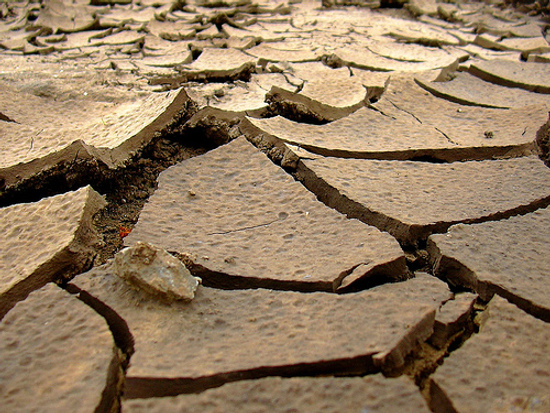
It’s easy to forget that good soil is the wealth of nations. Everything about today’s economy is so abstracted and global that the quality of your local dirt isn’t likely to make your list of top 5 economic resources.
Nevertheless, it’s true. Soil is far more than just dirt for your kids to play in.
In the book The Soil And Health by Sir Albert Howard and Wendell Berry (page 22), we read: “The soil is, as a matter of fact, full of living organisms. It is essential to conceive of it as something pulsating with life, not as a dead or inert mass. There could be no greater misconception than to regard the earth as dead: a handful of soil is teeming with life.”
Fertile soil is soil that is “teeming with life” – life that is born, dies, and breaks down in a never-ending cycle, creating soil that is rich in nutrients made readily available to the plants growing in that soil.
Unfortunately, modern agricultural practices have neglected the life and quality of the soil. Rather than creating rich soil, teeming with life, industrialized agriculture has created dead soil inundated with synthetic fertilizers. Not only is the food grown using synthetic fertilizers less nutrient-dense, it may also be dangerous for you.
In the March issue of Ode Magazine, you’ll find a fantastic article on dirt. More specifically, the soil crisis.
What is the soil crisis?
From Ode’s article:
If you don’t already know the bad news, I’ll make it quick and dirty: We’re running out of soil. As with other prominent resources that have accumulated over millions of years, we, the people of planet Earth, have been churning through the stuff that feeds us since the first Neolithic farmer broke the ground with his crude plow. The rate varies, the methods vary, but the results are eventually the same. Books like Jared Diamond’s Collapse and David Montgomery’s Dirt: The Erosion of Civilizations lay out in painful detail the historic connections between soil depletion and the demise of those societies that undermined the ground beneath their feet.
The article goes on to describe how modern agricultural practices are eating away at our soil. The author then goes on a sort of pilgrimage, interviewing innovative farmers who are tackling the difficult problem of building soil rather than eroding it.
Their goal?
To solve the soil crisis by finding sustainable methods of agriculture that actually build topsoil while the land’s productive, rather than the modern methods which deplete topsoil more quickly than we can replace it.
Among the heroes interviewed is one of my favorites — John Jeavons, founder of Ecology Action and author of How to Grow More Vegetables and Fruits (and Fruits, Nuts, Berries, Grains, and Other Crops) Than You Ever Thought Possible on Less Land Than You Can Imagine. It’s a long-winded title, but well worth the read.
And, if this topic interests you, be sure to tune in on April 20th to your local PBS station for it’s airing of DIRT! The Movie. (Preview below!)
(photo by Harshad Sharma)
 |

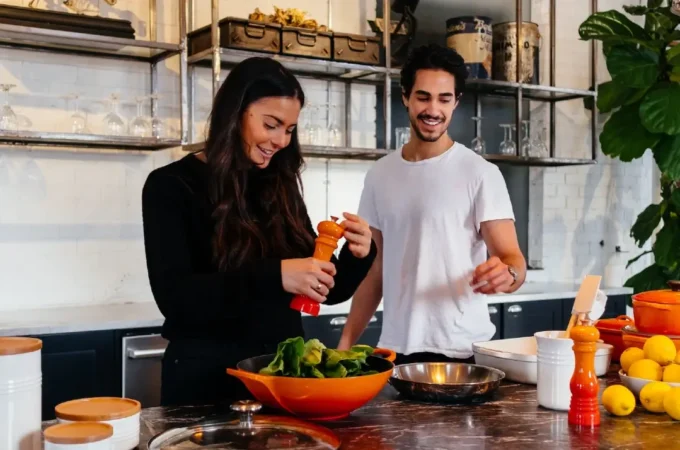

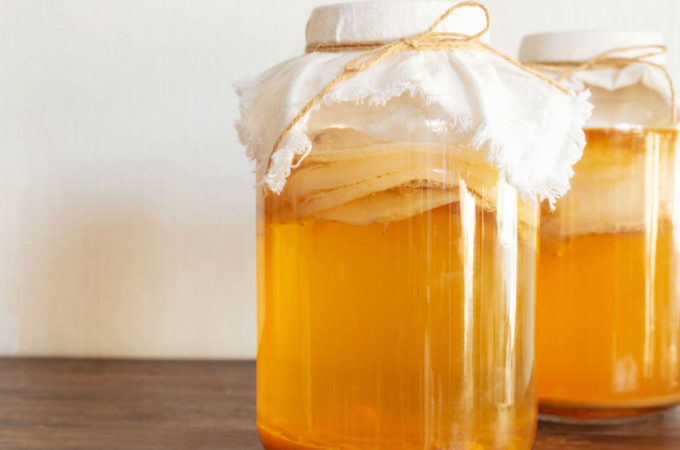
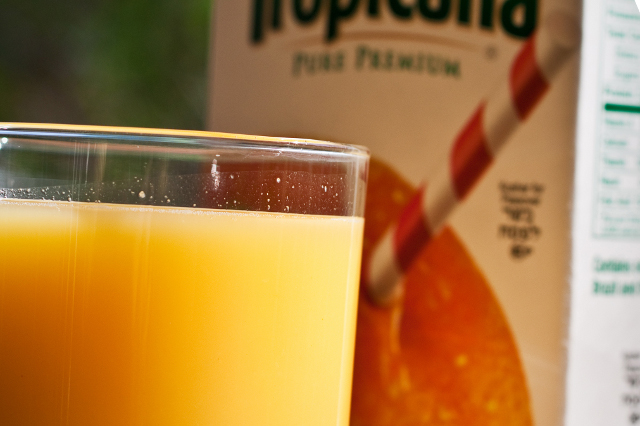
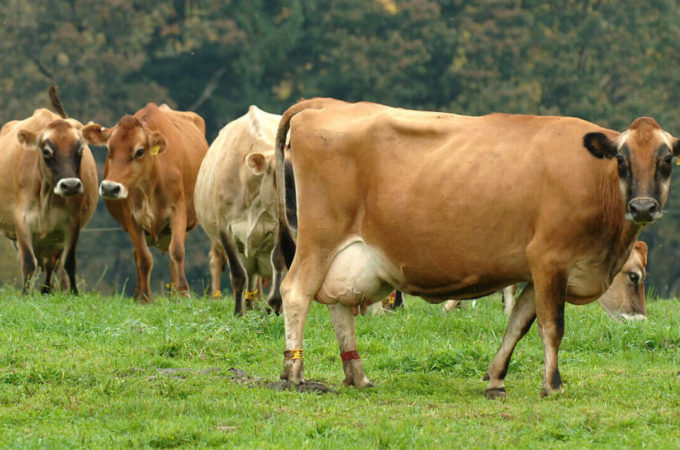
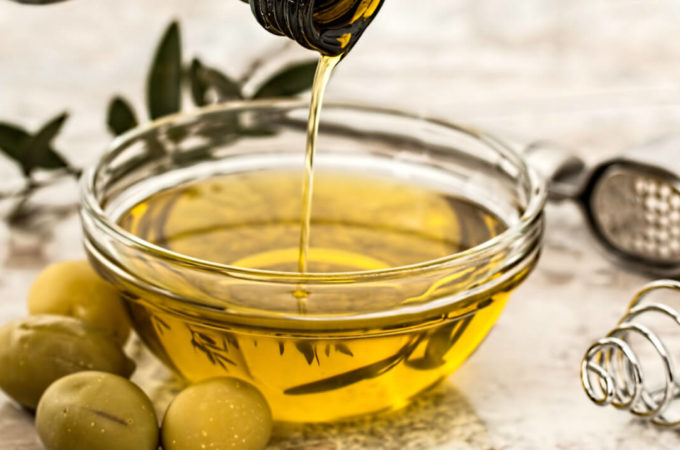
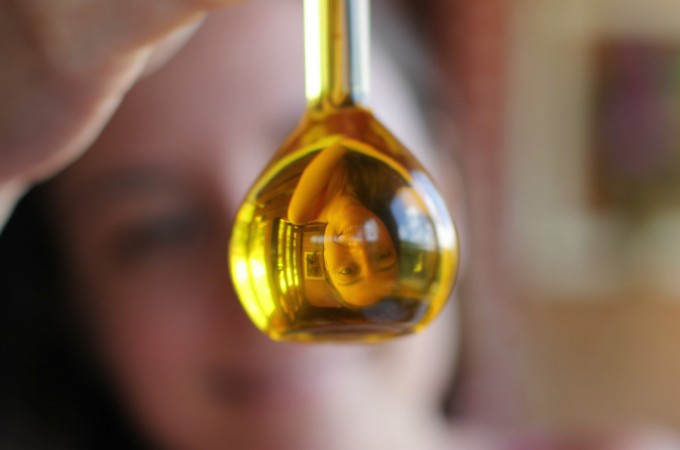
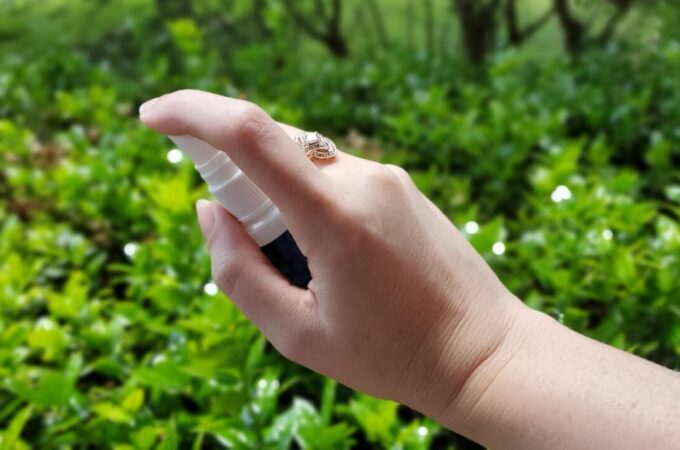
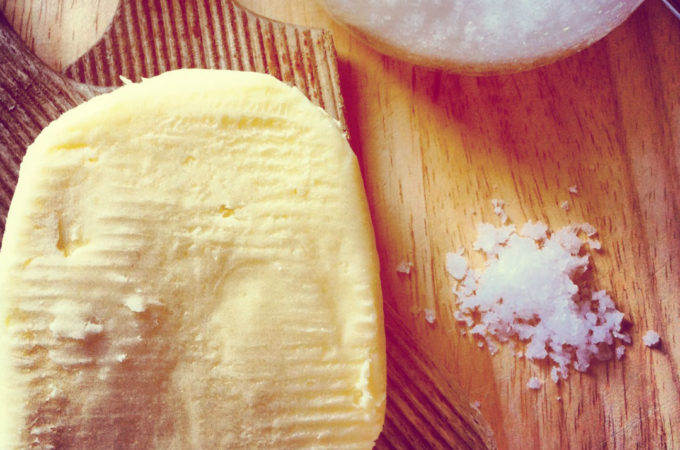
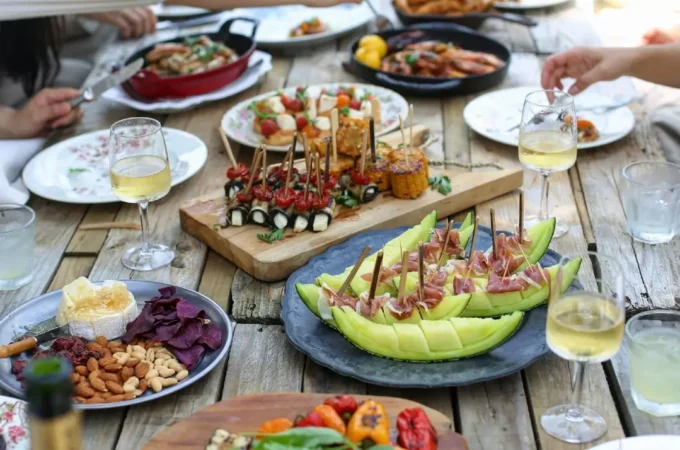

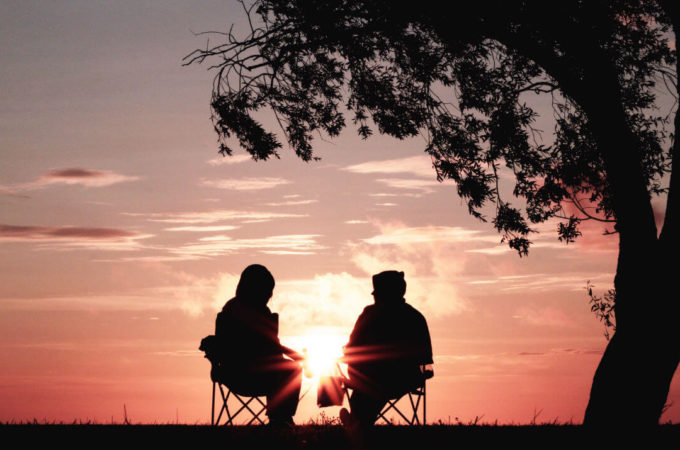
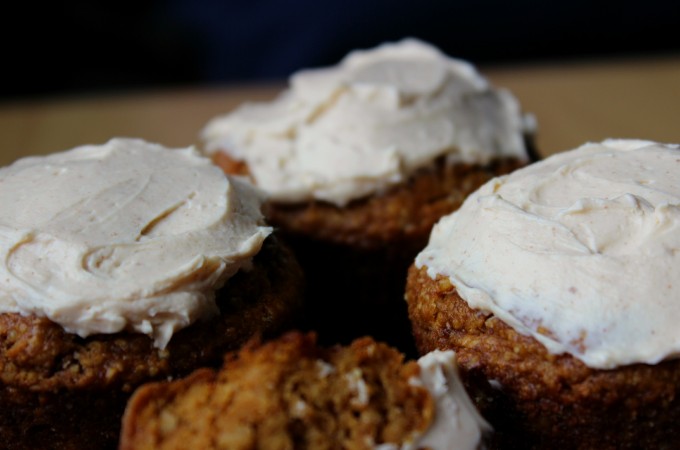
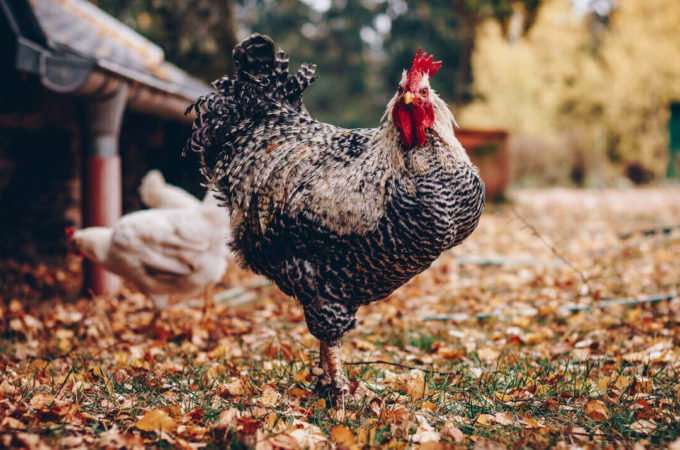
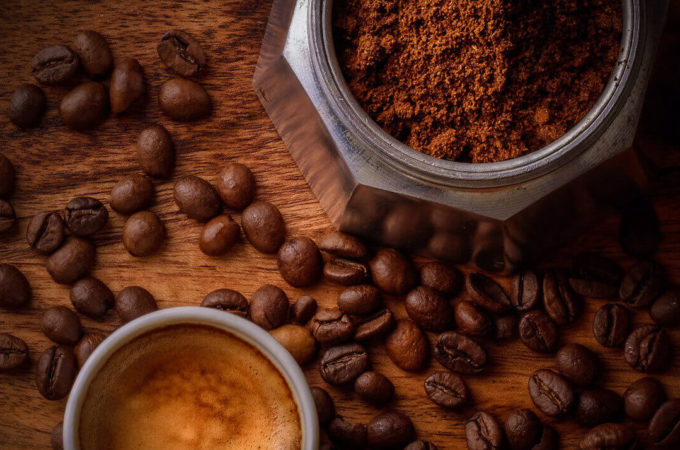
Awesome article! I love learning about the soil and how full of nutrition it is and how we are destroying it and our future by how we grow most of our food.
How do you know what it will be on PBS on April 20? I don’t see where it says that on there website anywhere. I hope it is on here!
Thanks.
.-= Todd´s last blog post …Sleep and Acne: 3 Top Tips for Adequate Sleep & Acne Free Skin =-.
The PBS site says it’s airing at 10pm EST, but to check your local listings.
Thanks! I will have to check then.
.-= Todd´s last blog post …Sleep and Acne: 3 Top Tips for Adequate Sleep & Acne Free Skin =-.
I look forward to watching the movie!
I just adore Wendell Berry. Our property has horrible, terrible soil. We have been pondering what to do. We moved here with the intent to grow our own food, for the most part, but the soil just can’t take it. Thankfully, we have a decent Berry essay collection, and after reading his work on strip-mine recovery along with some of Gene Logsdon’s writings, we have planted a microclover pasture in our garden beds. We are “growing soil” right now. We will still probably grow a few vegetables this season, but overall we are going to use the clover to start a new, pasture-based approach to our land. And we are excited!
Wonder if the movie will help us out any…
.-= Brandy Afterthoughts´s last blog post …Norms and Nobility: Can Virtue Be Taught? =-.
New movie about eroding topsoil & factory farming. Watch the trailer: Dirt! The Movie http://bit.ly/ctytgf #realfood #wapf @foodrenegade
This comment was originally posted on Twitter
I had no idea we were in a soil crisis. Thanks for your insightful post and for pointing me towards the Ode article. It was fascinating and scary at the same time. I’ll be sure to watch the PBS special, “Dirt!” Now we’ll be thinking about our “soil footprints”… I’m also involved in “Transition US,” so will bring up this issue the next time we discuss community gardens.
.-= Ellen@BodyEarth´s last blog post …More Bad News about High-Fructose Corn Syrup =-.
~ The Soil Crisis And The Problem Solvers ~
http://tinyurl.com/y83vtep
This comment was originally posted on Twitter
You know here in Australia, our soil really pretty bad. It is meant to be deficient in Iodine and many other minerals. We also have been in a drought for a long time and have had water restrictions. And we have really bad salinity problems.
Though it’s good there are some good organic farmers that use sustainable farming practices..but many conventional farmer’s are growing things that require way to much water. For instance, here I’ve found that it’s much better for our soil to buy rice from overseas because it’s meant to use too much water for our land. And to keep local plants than use those that are from overseas in my garden.
It’s also pretty scary how our population is growing so rapidly and there is a fear there is not enough water for everyone and our crops.
Sorry I got off topic a bit! I really believe if you want healthy people you need healthy plants if you want that, then the soil has to be fertile.
http://www.springerlink.com/content/v125802336820w14/
http://en.wikipedia.org/wiki/Salinity_in_Australia
.-= Michelle (Health Food Lover)´s last blog post …Healthy Food and Lifestyle Show & a GIVEAWAY!!! =-.
Yep, yep, yep, as an avid composter and permaculture freak, this has made me sad for quite some time. My only ray of hope is that more and more people will choose to take up their shovel and dig in the dirt. The more people actually do that, and fall in love with it, the more they will begin to understand soil as a living breathing entity. We think alike, as I just put up a little ode to soil myself over at my place. In appreciation of soil
.-= Alex´s last blog post …Its all for the birds! =-.
This is quite depressing. The rate at which we are destroying our soil is faster than the rate we’re building it. I can’t imagine what it’ll be like 100 years from now…
.-= The Consciouslife´s last blog post …8 Guided Meditation to Cut Stress & Anxiety =-.